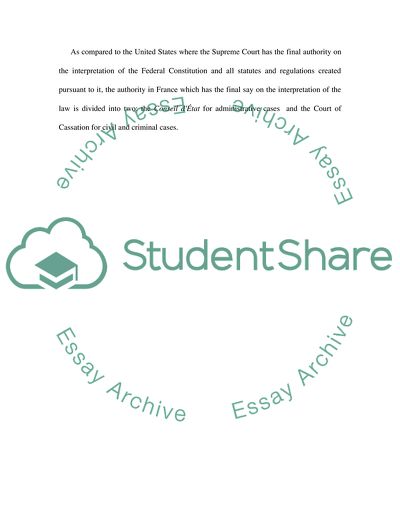Cite this document
(“French and American Court System Research Paper - 1”, n.d.)
French and American Court System Research Paper - 1. Retrieved from https://studentshare.org/law/1705670-essay-questions
French and American Court System Research Paper - 1. Retrieved from https://studentshare.org/law/1705670-essay-questions
(French and American Court System Research Paper - 1)
French and American Court System Research Paper - 1. https://studentshare.org/law/1705670-essay-questions.
French and American Court System Research Paper - 1. https://studentshare.org/law/1705670-essay-questions.
“French and American Court System Research Paper - 1”, n.d. https://studentshare.org/law/1705670-essay-questions.


